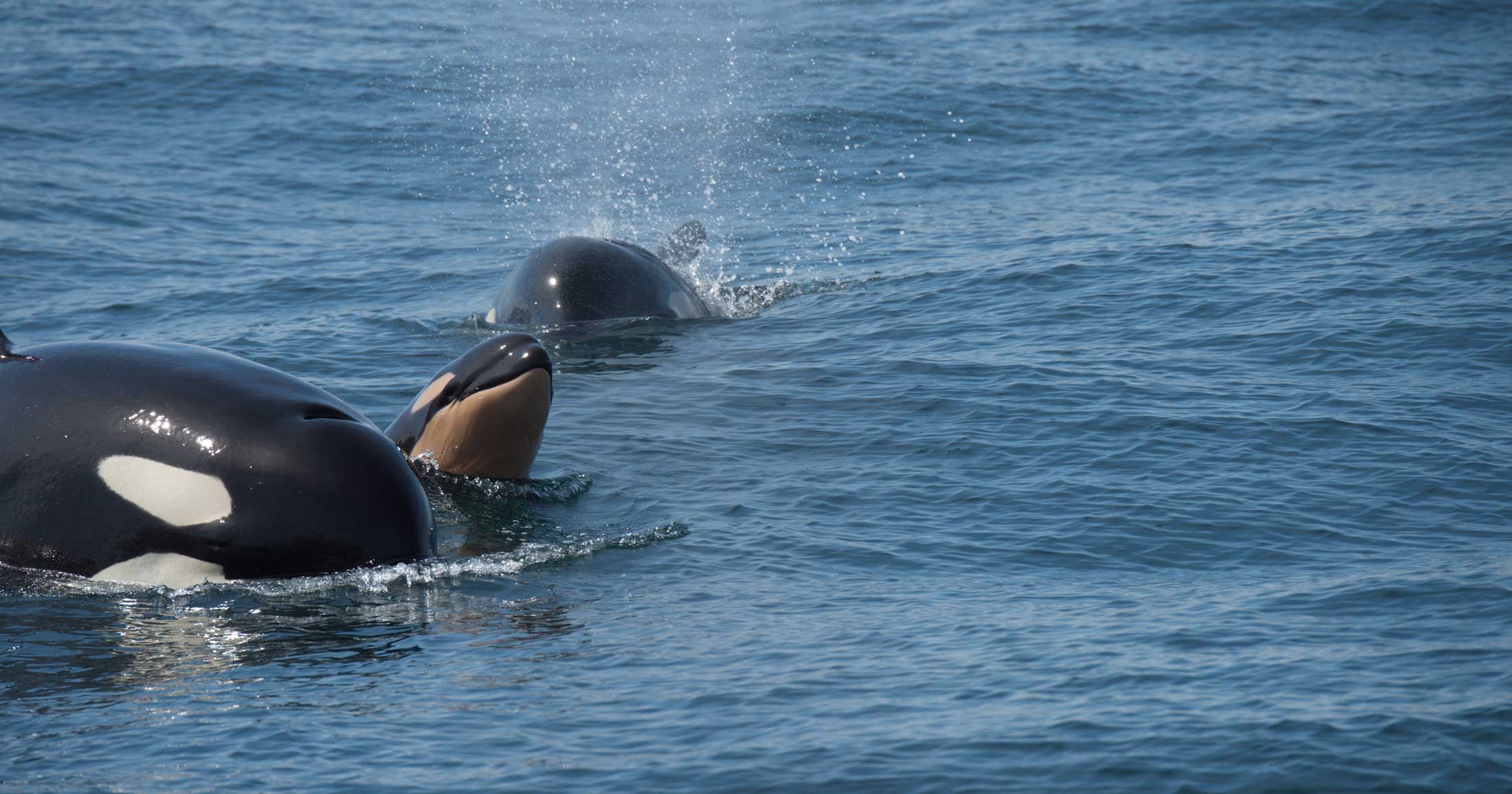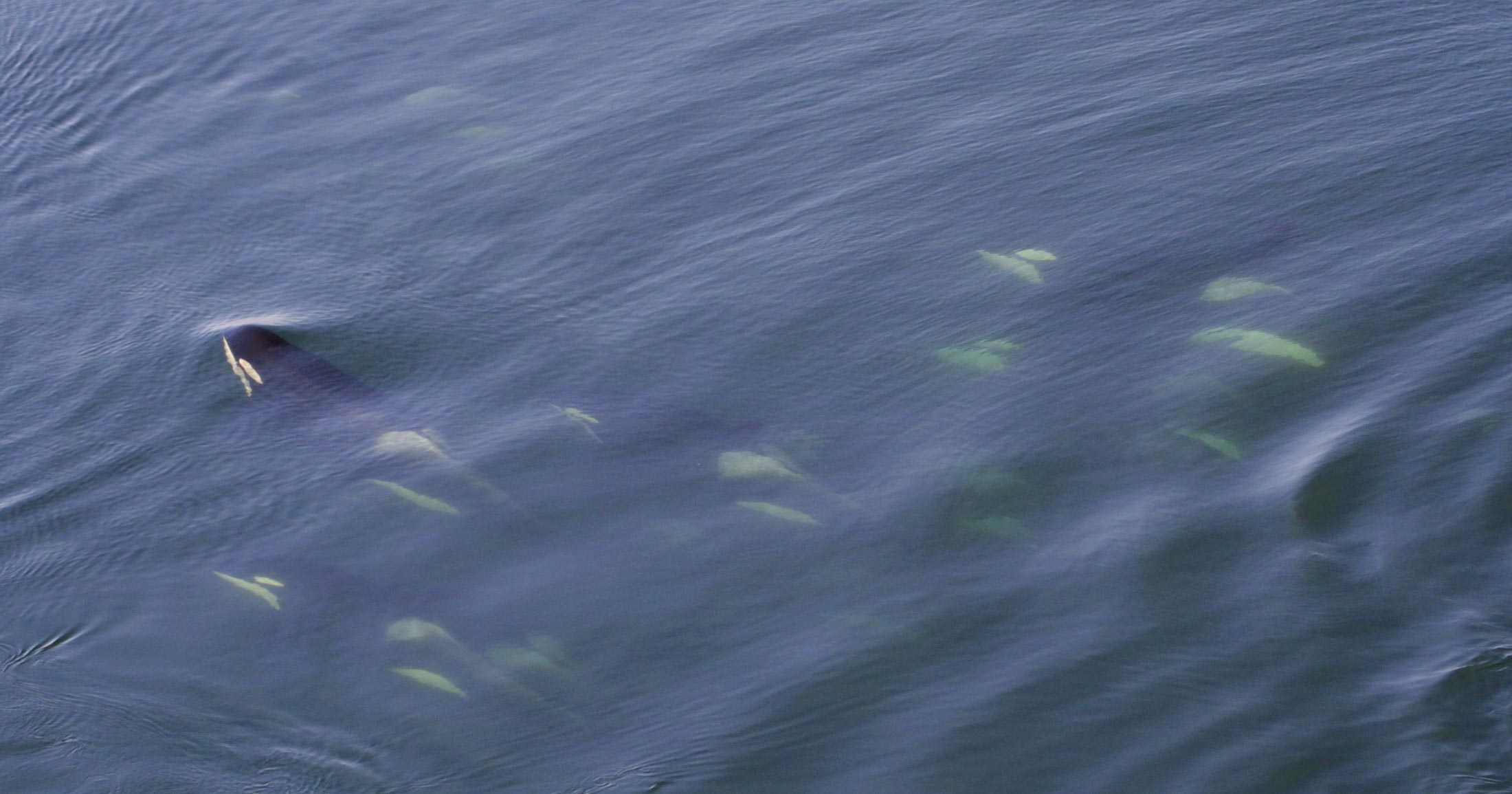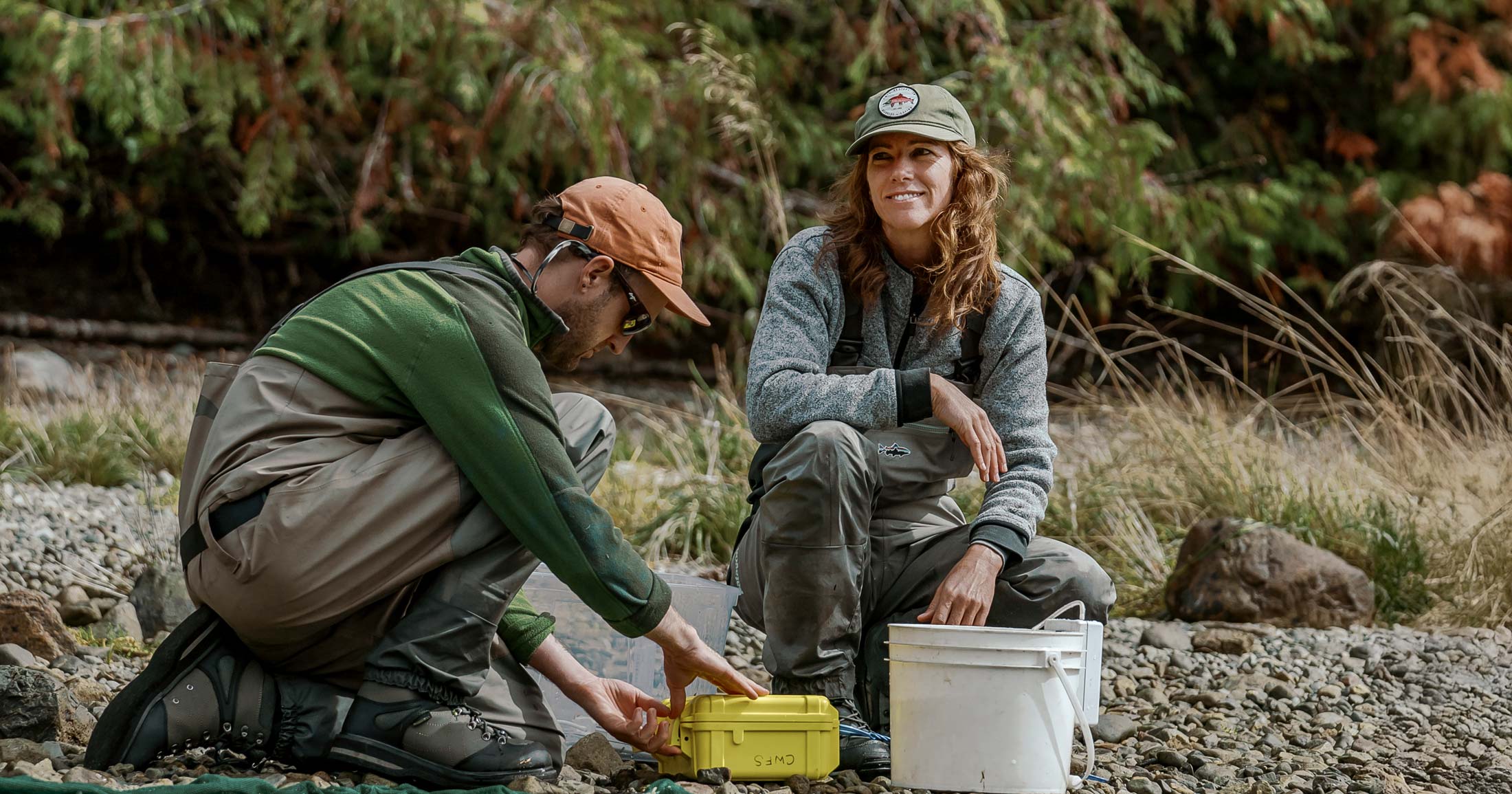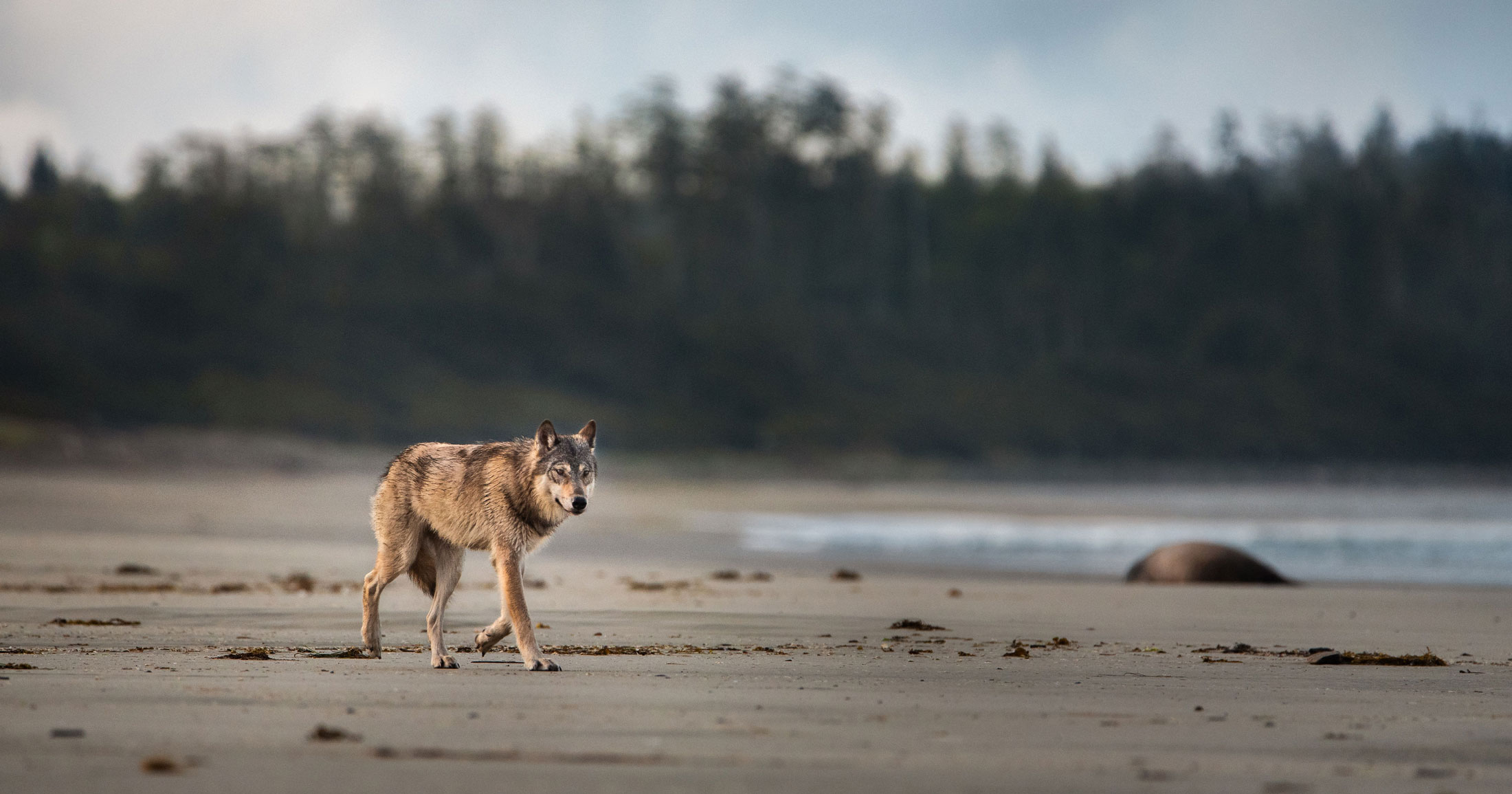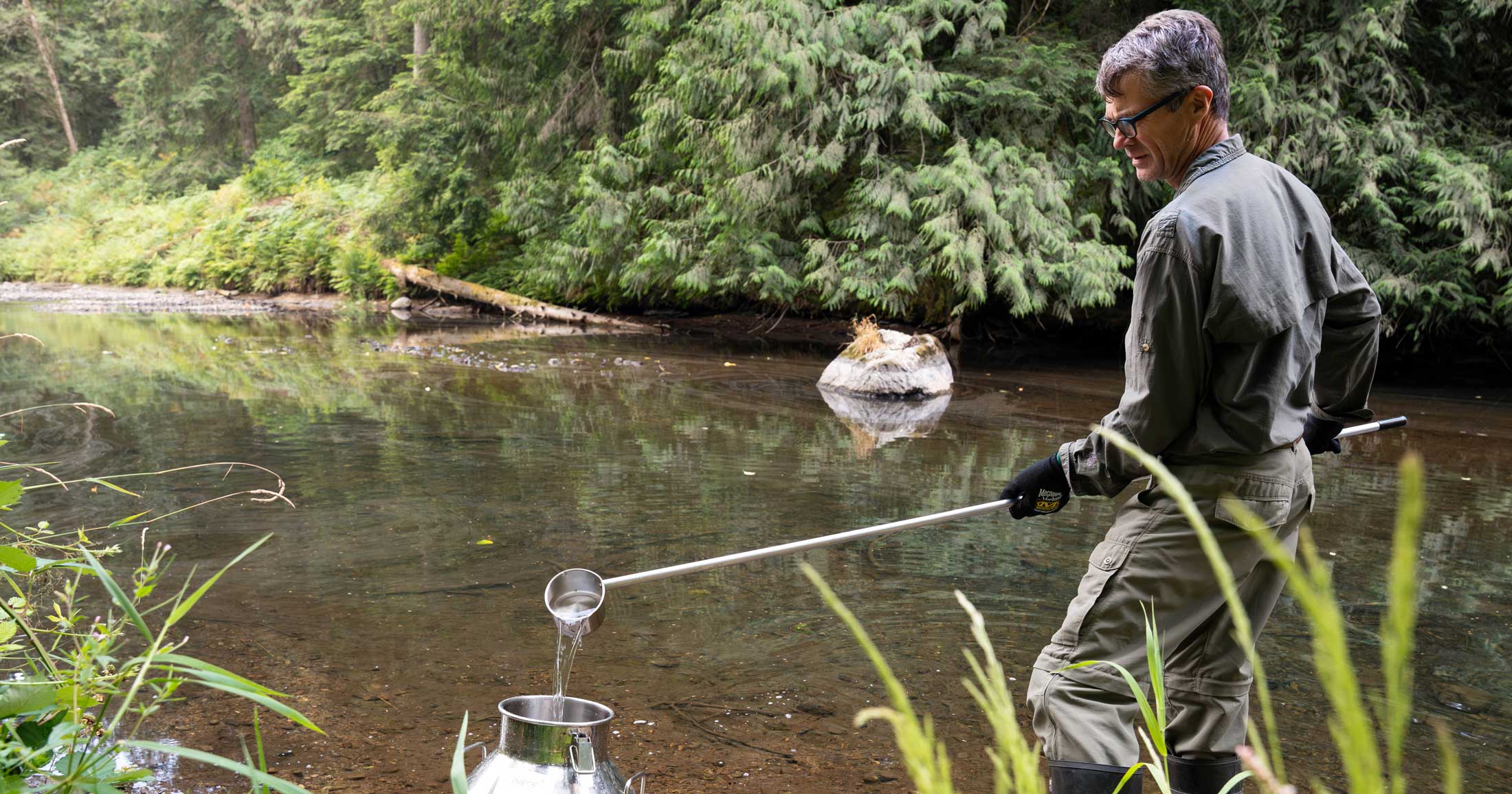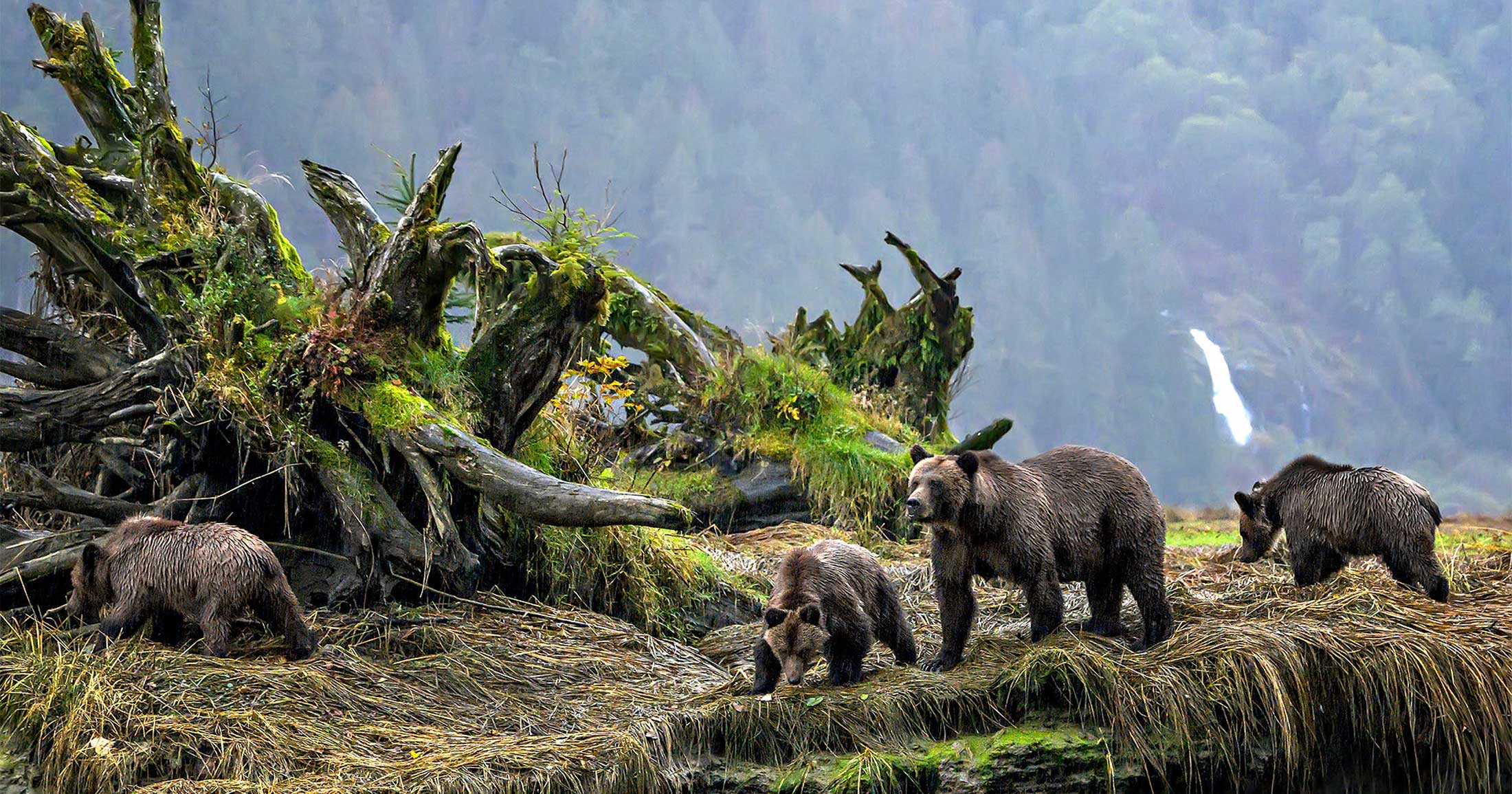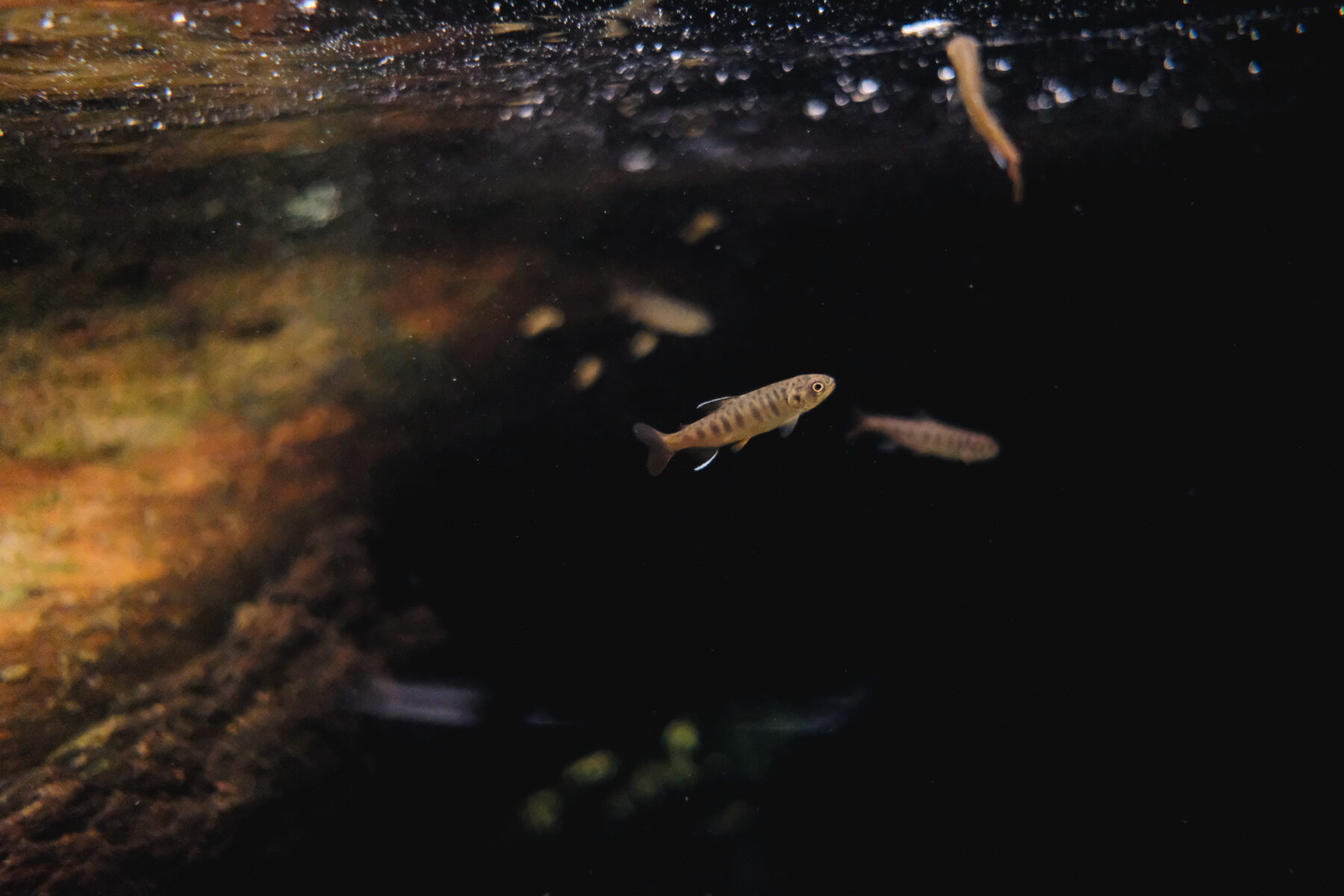Turning the tide for Southern Resident killer whales
At 73 individuals, the Southern Resident killer whales' decline since being listed as endangered two decades ago is unfolding in plain sight, despite mounting science on how to reverse it.
A new political era is unfolding in Canada, characterized by a push for expedited development approvals through the Building Canada Act under Bill C-5. This legislation empowers the federal cabinet to approve projects deemed to serve the national interest, overriding environmental reviews and the permitting procedure. While this may accelerate development, it poses an urgent question: will safeguarding coastal ecosystems and endangered species like Southern Resident killer whales receive equal urgency?
Southern Resident killer whales are perilously close to extinction. At 73 individuals, their decline since being listed as endangered two decades ago is unfolding in plain sight of scientists, governments, First Nations and the public, despite mounting science on how to reverse it.
These whales are not interchangeable with other killer whales. Southern Residents are a distinct population that have been separated from other whales for hundreds of generations. They have rich cultural traditions, strong social bonds, share their prey, and use calls not shared by any other killer whales. To lose them would not only entail the loss of a genetically unique population, but also a lineage of culture and knowledge deeply intertwined with our coastal ecosystem.
In 2018, the Government of Canada declined to issue an Emergency Order under the Species at Risk Act, opting instead for a series of alternative conservation measures. Since then, annual protection measures have been implemented, but many are limited in scope, voluntary, or weakly enforced. In 2025, despite a federal assessment confirming the population was not recovering and remained at risk of imminent extinction, a second Emergency Order request was once again denied.
Independent Science Panel on SRKW Recovery (2025). Strengthening recovery actions for Southern Resident killer whales. https://doi.org/10.70766/32.7300
In June, the Canadian government announced its 2025 protection measures for Southern Resident killer whales. Although well intentioned, the measures largely mirror previous ones: fishing closures in designated areas, vessel-restricted zones,; voluntary vessel slowdowns; and a proposed increase in the distance that vessels must maintain from members of the population.
This spring, we invited 31 scientists from Canada, the US and Europe to Vancouver to address a critical question: What would it take to save this population? The result was a science-based set of 26 recommendations, some of which are new and others improvements to existing actions. The list is broad in scope, solidly grounded in evidence, and bolstered by expert consensus. The full workshop report is publicly available. All of its recommendations could be implemented now, without waiting for further research.
Consider Chinook salmon. Southern Residents depend on Chinook salmon that are large and high fat. While many salmon runs have declined, what is particularly problematic is that there has been a shift from runs once abundant with big, fatty Chinook in the spring, to fall runs often composed of smaller, leaner individuals – a shift that has been exacerbated by hatcheries.
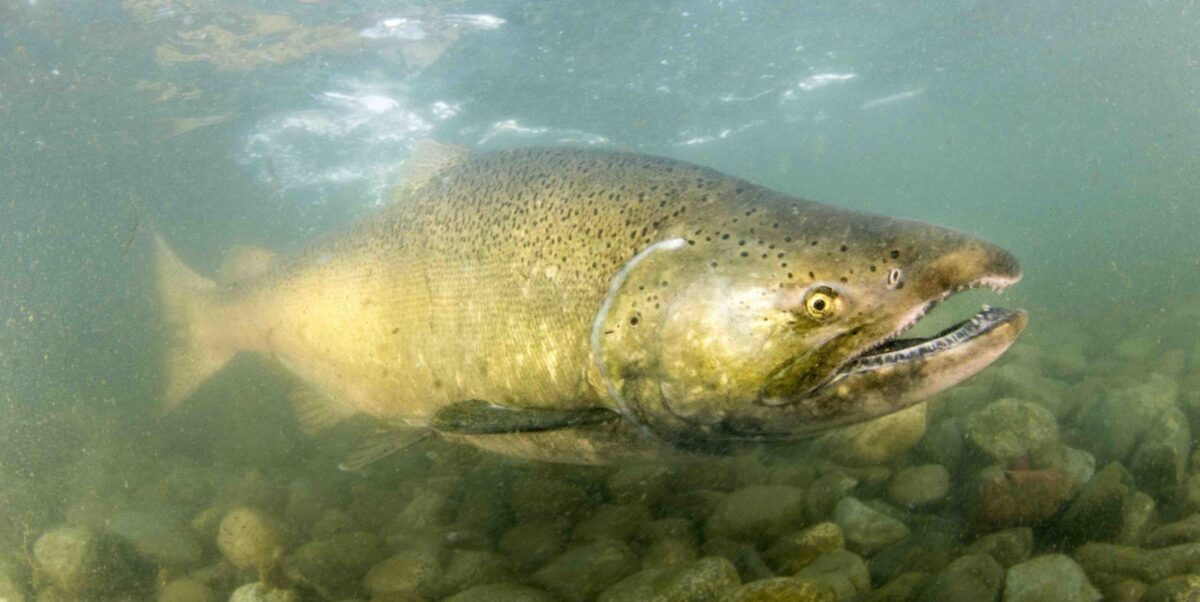
We recommend maintaining fishery closures that prioritize the whale’s access to their important fish. One way to do this is to shift fishing effort to locations near or in rivers. This would give Southern Residents a better chance to feed before those salmon are targeted by fishers.
Reducing underwater noise is also urgent. Southern residents rely on echolocation to find their prey, and the vessel noise that currently saturates their habitat greatly reduces the rate at which they can find fish. The Port of Vancouver’s ECHO Program has undertaken substantial work to identify plausible noise reduction targets. Our panel of scientists recommended making those targets more biologically meaningful by accounting for the whale’s need for quiet time, communication and foraging. Expanding the geographic and seasonal scope of ship slowdowns, adopting noise output standards for commercial vessels, and requiring clear noise-reduction plans for future development projects are among the other steps needed.
Contaminants, though less visible, remain a chronic threat. Southern Residents remain among the most polluted marine mammals on Earth. We urged stronger source controls, accelerated phase-outs, and an overhaul of Canada’s chemical review system to account for risks chemical pollutants pose to long-lived species like killer whales.
Southern Resident killer whales have transcended their status as iconic symbols of the Pacific Northwest, becoming ecological sentinels that serve as a warning about the health of our coast, our fisheries, and our collective stewardship. Although recovery is still within reach, it will not be achieved by perpetuating the status quo. With the recent appointment of new ministers in place, it is now the time for them to demonstrate leadership by prioritizing the conservation of Southern Residents. The new government has a responsibility to act, and now it has the information it needs to do so effectively.
A version of this article was first published in The Vancouver Sun on July 22, 2025.
You can help
Raincoast’s in-house scientists, collaborating graduate students, postdoctoral fellows, and professors make us unique among conservation groups. We work with First Nations, academic institutions, government, and other NGOs to build support and inform decisions that protect aquatic and terrestrial ecosystems, and the wildlife that depend on them. We conduct ethically applied, process-oriented, and hypothesis-driven research that has immediate and relevant utility for conservation deliberations and the collective body of scientific knowledge.
We investigate to understand coastal species and processes. We inform by bringing science to decision-makers and communities. We inspire action to protect wildlife and wildlife habitats.


